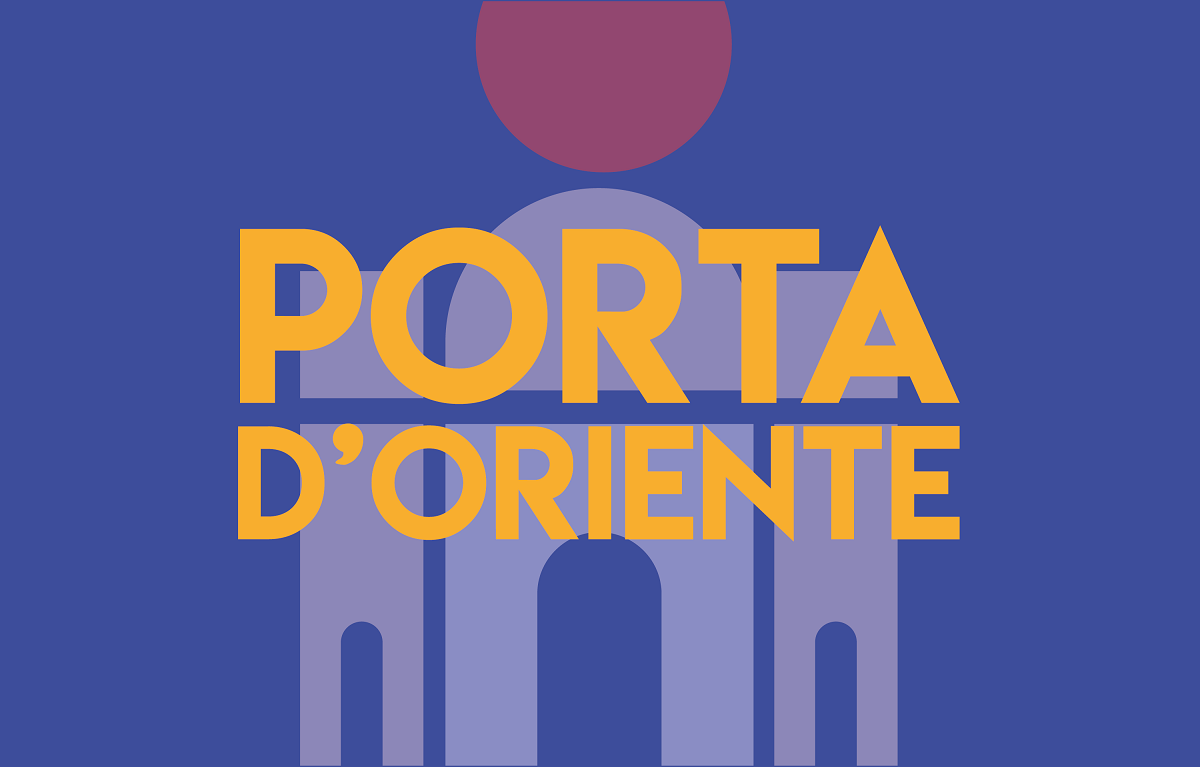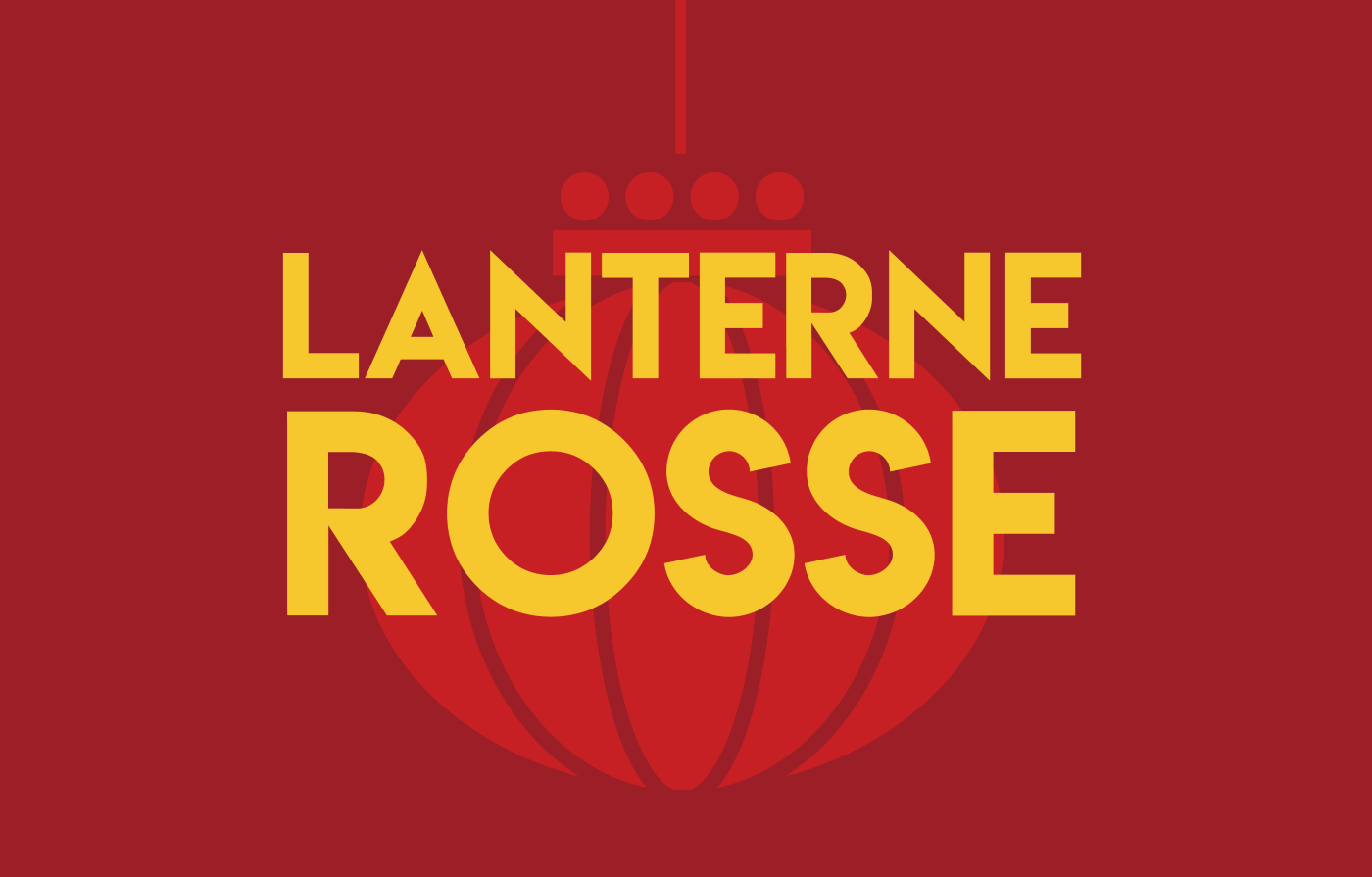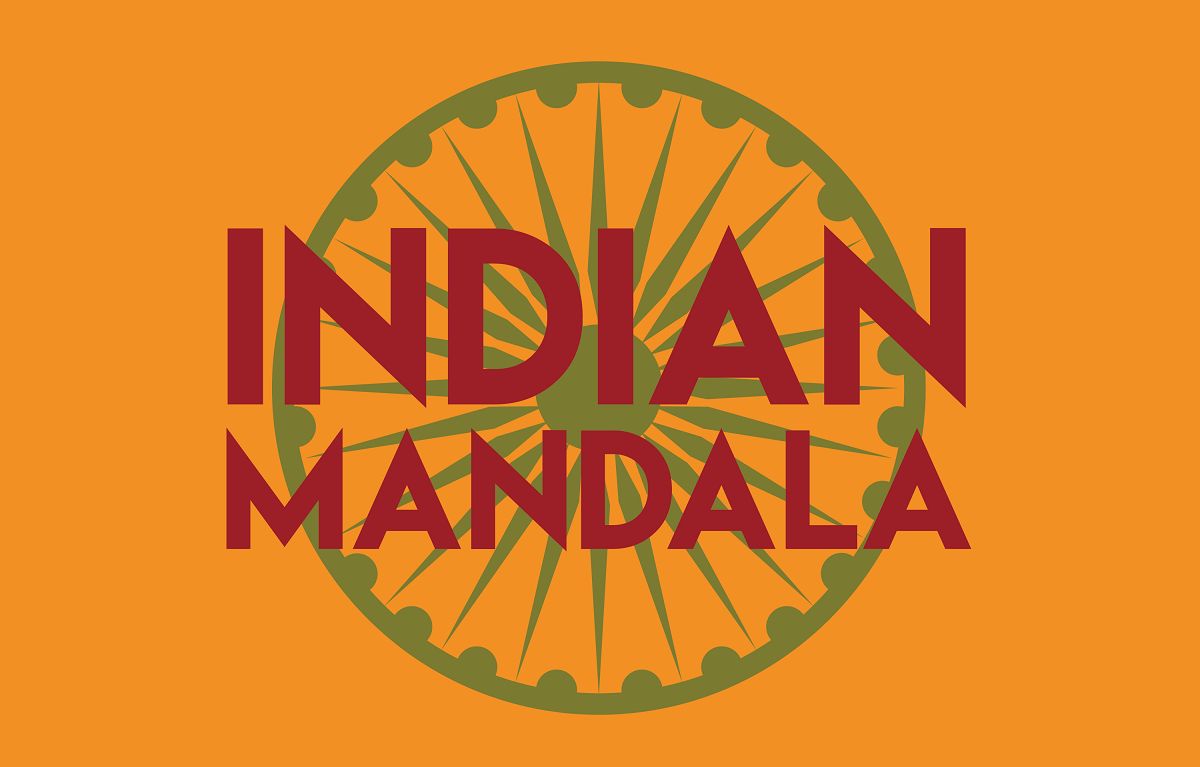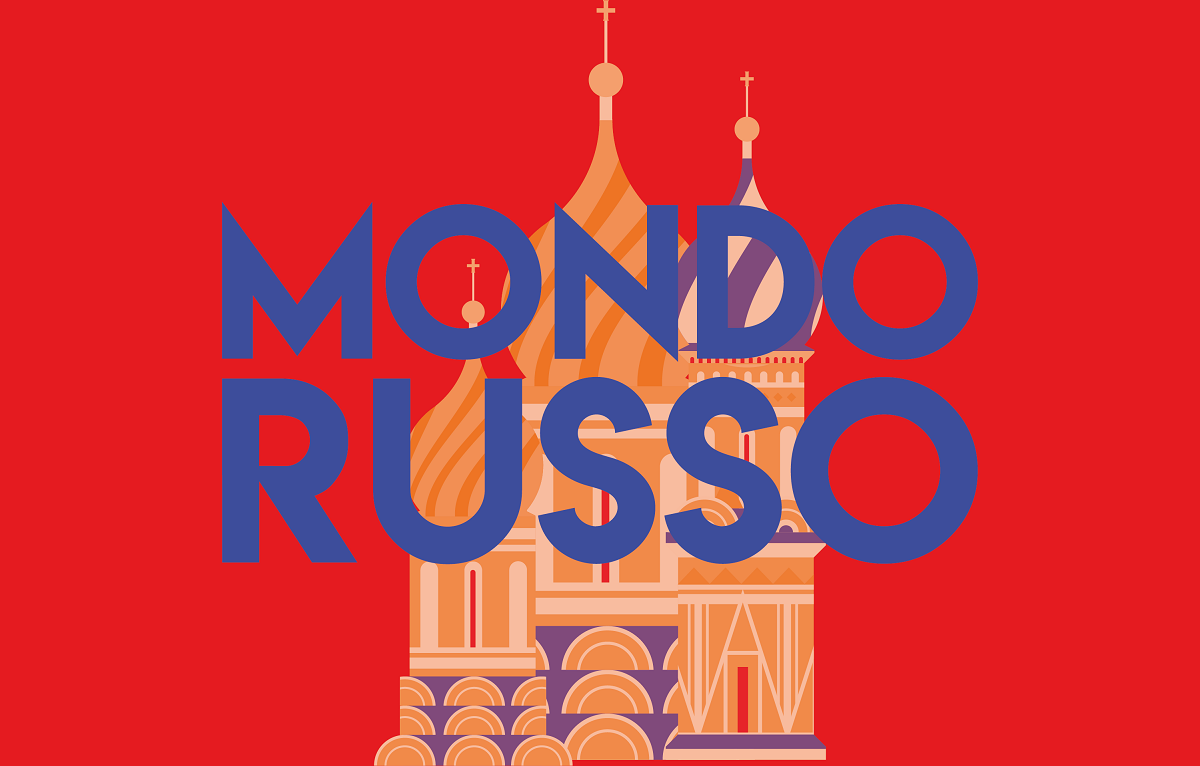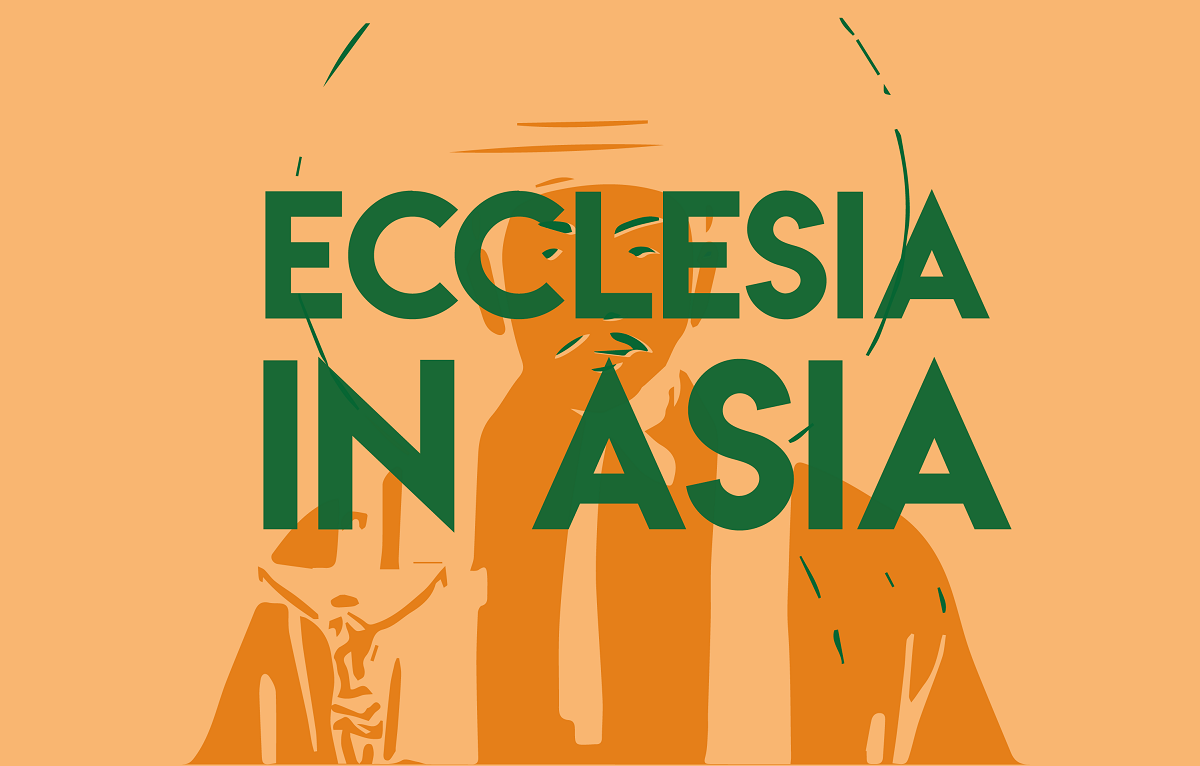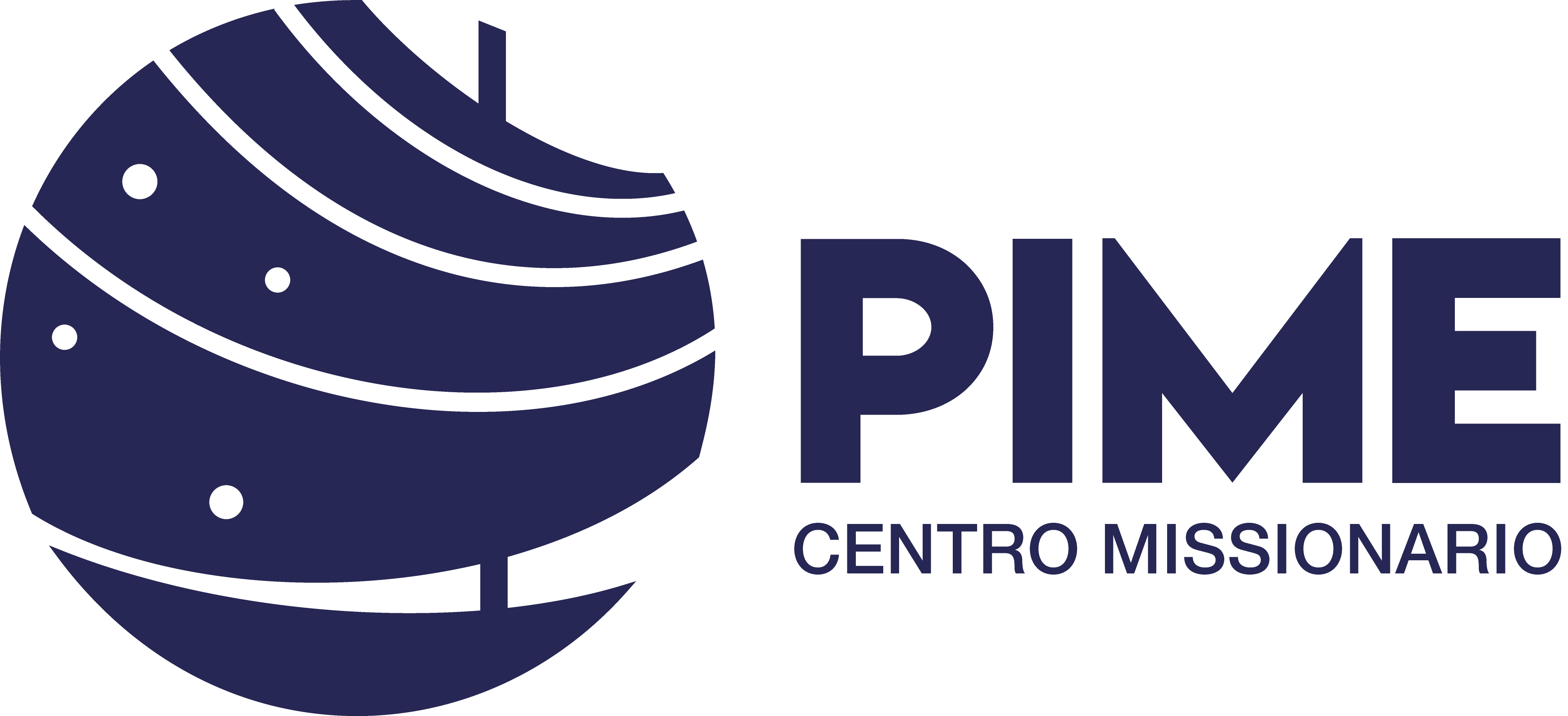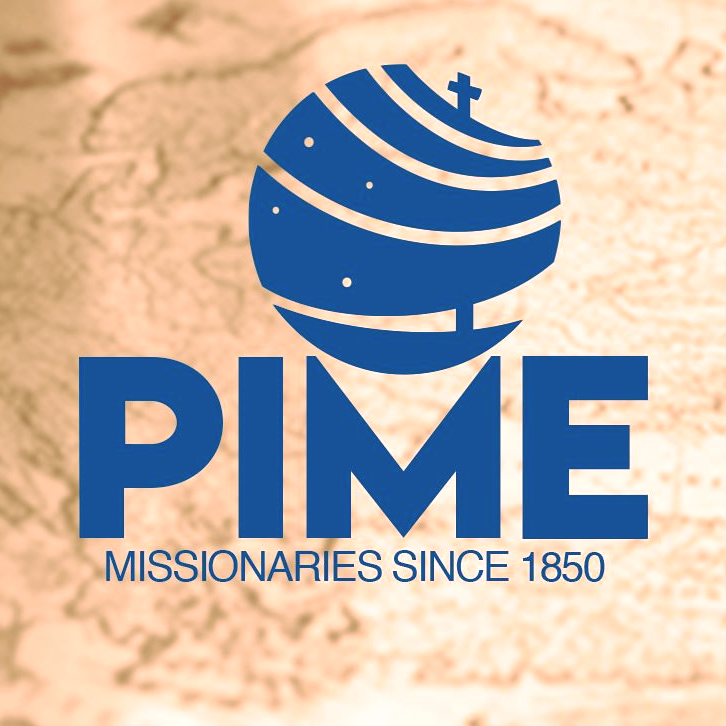Pope Leo and Russia
Robert Prevost has never had direct relations with Moscow, but the name he chose evokes very important relations in the history of relations between East and West in the ancient and modern Church, from Leo the Great to Leo XIII, the pope of Rerum Novarum, who was inspired by the great Russian author Vladimir Solovyov.
Cardinal Robert Francis Prevost, born in Chicago in 1955, has become the new pope, Leo XIV, attracting the attention of the whole world and overshadowing the Victory celebrations on Moscow's Red Square, marking the 80th anniversary of the end of World War II.
His election surprised the whole world, since he was not mentioned among the top candidates of the Sacred College of Cardinals, and chose a name that had not been used for over a century, despite being one of the most glorious papal titles in history.
Pope Leo XIV has never had direct relations with Russia, spending many years of his priestly and episcopal mission in Peru and the United States, before coming to the Vatican to serve as the prefect of the Dicastery for Bishops, one of the most important and sensitive bodies of the Holy See.
Yet the name he chose evokes very important relations in the history of interactions between East and West in the ancient and modern Church, and it is no coincidence that so many popes chose this title, in memory of the great Leo the Great, who in the mid-fifth century was able to stop barbarian invasions in the Western Roman Empire, a prophet of the peace that is still awaited today in the countries of Europe and the world.
The reference to the first Pope Leo, a great player in the history of the Church in very turbulent times, is undoubtedly a first indication of the pontificate of the new pope, Robert Prevost, reflecting an attempt to reconcile the peoples of different latitudes like at the end of the ancient world, just before the beginning of the Middle Ages.
Leo the Great wrote to all the greats of his century to find ways of peace not only in armed conflicts and clashes of civilisations, but also in ecclesiastical disputes over the formulations of the faith, especially in his Tomus ad Flavianum, the letter to the patriarch of Constantinople who had excommunicated the Monophysite heretics, who did not believe in the human nature of Jesus Christ.
The papal text managed to find the right middle ground between opposing dogmatic theories, which also involved the emperor Theodosius II, so much so that it shaped the conclusions of the Council of Chalcedon in 451, the one that imposed the term "orthodoxy" on those who accepted the definitions of faith as the union of the human and divine nature of Christ.
At that time, the Creed of Faith in the Nicene-Constantinopolitan text was definitively approved. Professed by both Catholics and Orthodox (notwithstanding the Byzantine question of the Filioque), it unites the variants of the Christian theology of Alexandria and Antioch, the ancient polarisations of the Hellenistic West (which later became the Orthodox East) and the Syriac East (which then developed mainly in the Latin West).
Leo XIV also wants to reconcile the different souls of ancient and modern Christianity, in which latitudes are exchanged and influences are intertwined in the confession of the one faith.
This goal has been part of the historical mission of popes, such as Leo II who confirmed the Catholic and Orthodox faith at the Third Council of Constantinople in 680, Leo III who crowned Charlemagne as emperor of the Holy Roman Empire, Leo IV who fortified Rome by building the Leonine Walls to defend the city from the Saracens, Leo IX who tried to unite Rome and Byzantium, who split in 1054 between Orthodox and Catholics, a few days after his death.
One of the most famous popes was Leo X, Giovanni di Lorenzo de' Medici, remembered for his patronage of the arts and controversies with Martin Luther. And finally, we have Leo XIII, the last in papal history with this name, confined to the Vatican after the capture of Rome in 1870, known for his encyclical Rerum Novarum which addressed the social question and workers' rights, one of the popes with the longest pontificates (1878-1903), which his successor and American namesake could repeat since he is the “youngest” pope since John Paul II.
The first hint given by the papal title therefore concerns the very notion of "orthodoxy," which dates back to the times when the true faith was associated with the universality of the "Catholic" Church.
According to the doctrines of the first councils, in which Leo the Great was the only pope to have a decisive influence, one cannot be truly orthodox without being at the same time authentically Catholic, professing a unitary and universal faith, notwithstanding subsequent instrumental polemics on the details of the various formulations.
On this basis, Pope Leo XIV can be expected to maintain and develop good relations with the Moscow Patriarchate and Putin's Russia. The Russian leader congratulated the pontiff on his election by stating that he was “confident that the constructive dialogue and interaction established between Russia and the Vatican will continue to develop on the basis of the Christian values that unite us”.
The most recent inspiration, probably the decisive one for the choice of the name, comes from Pope Leo XIII (born Gioacchino Pecci), who met the challenges of modernity head on by maintaining that the Church's tasks also included pastoral activity in the socio-political field.
Leo XIII is remembered as the "pope of encyclicals”, 86 in all, written with the aim of overcoming the isolation in which the Holy See had found itself after the loss of temporal power with the unification of Italy.
It is unlikely that the American pope will be as prolific in terms of official texts, not least because we are in an era of continuous communication condensed into brief verbal spurts on social media, which Cardinal Prevost said to "use with prudence," to think it through before launching thoughtless posts, like those of his president (and pseudo-pope) in Washington.
Pecci was also the “workers’ pope” or “social pope,” above all by virtue of Rerum Novarum, which sparked reflections on the social doctrine of the Church, a text that greatly attracted the attention of Russians.
The current patriarch of Moscow, Kirill (Gundyaev), elaborated an orthodox conception of social doctrine in the late 1990s, inviting Catholics present in Russia to collaborate by comparing the encyclicals from Leo XIII to John Paul II, and the great twentieth-century literature on the Church's commitment to political and social relations.
At the Russian synod of the jubilee of 2000, which also marked the start of Vladimir Putin's presidency, Kirill approved this document that indicated the guidelines for the new development of sovereignist Russia, inserting the key points of the “defence of traditional values” against any external interference, in a system of contents very much shared with Catholic doctrine.
Leo XIII wrote the social encyclical in 1891, and one of its sources of inspiration was a Russian author, the great philosopher Vladimir Solovyov, who two years earlier had circulated throughout Europe a text in which he proposed a new vision of the world, Russia and the Universal Church, proposing to rediscover the original meaning of the Christian tradition, above all the original unity of Orthodoxy and Catholicism, overcoming historical divisions, under the temporal guidance of the tsar and the spiritual authority of the pope.
One of his great admirers was the influential Cardinal Josip Strossmayer of Zagreb, who submitted the text to the pope with a letter from Solovyov himself, asking if he was willing to carry out such a utopian project, which he called "free theocracy" and which in his opinion constituted the "special mission" of religious and monarchical Russia, but in need of Petrine primacy and papal infallibility, whose dogma had been recently proclaimed. Leo XIII replied that it was a "beautiful idea, but unrealisable except for a miracle”.
In drafting the encyclical, however, one can feel a certain influence of Solovyov’s ideas about a “third way” between the great social ideologies of liberalism and socialism, between East and West in a certain way, which had been confronting each other in Russia for a century, pitting “Slavophiles” against “Westernisers”.
In Rerum Novarum the concept of the "third way" is effectively stressed, in an attempt to mediate between the socialist-revolutionary orientation and economic capitalist liberalism, a reflection taken up and deepened in the encyclicals of subsequent popes, like Pius XI’s Quadragesimo Anno (1931), John XXIII’s Mater et Magistra (1961), Paul VI's Populorum Progressio (1967), and John Paul II's Centesimus Annus (1991), at the end of the Soviet era.
Pope Francis – whose magisterium Leo XIV promised to continue and with whom he had a very close relationship since the time of his mission in Peru, alongside the then archbishop of Buenos Aires – reiterated the Church’s social doctrine in the encyclical Fratelli Tutti (2020), asking precisely those who are divided by human affairs to recognise each other as brothers and sisters because they are children of one Creator, in need to become aware that in a globalised and interconnected world we can only save ourselves together.
The Argentine pope was also inspired by the document on human fraternity, signed with the Grand Imam of Al-Azhar Ahmed el-Tayeb in 2019, and now it is up to the American-Peruvian pope to take up these great inspirations, ancient and recent, to build peace together with peoples at war, Christian confessions, and the religions of the world.
This is the specific task of the universal pontiff, the “bridge builder”, which Pope Leo XIV evoked when, from the balcony of St Peter's before the immense crowd of all peoples and nations, he wished: “Peace be with you!” “God loves you all!”
RUSSIAN WORLD IS THE ASIANEWS NEWSLETTER DEDICATED TO RUSSIA. WOULD YOU LIKE TO RECEIVE IT EVERY SATURDAY? TO SUBSCRIBE, CLICK HERE.
24/10/2019 17:56
24/10/2025 12:59
18/06/2022 10:00





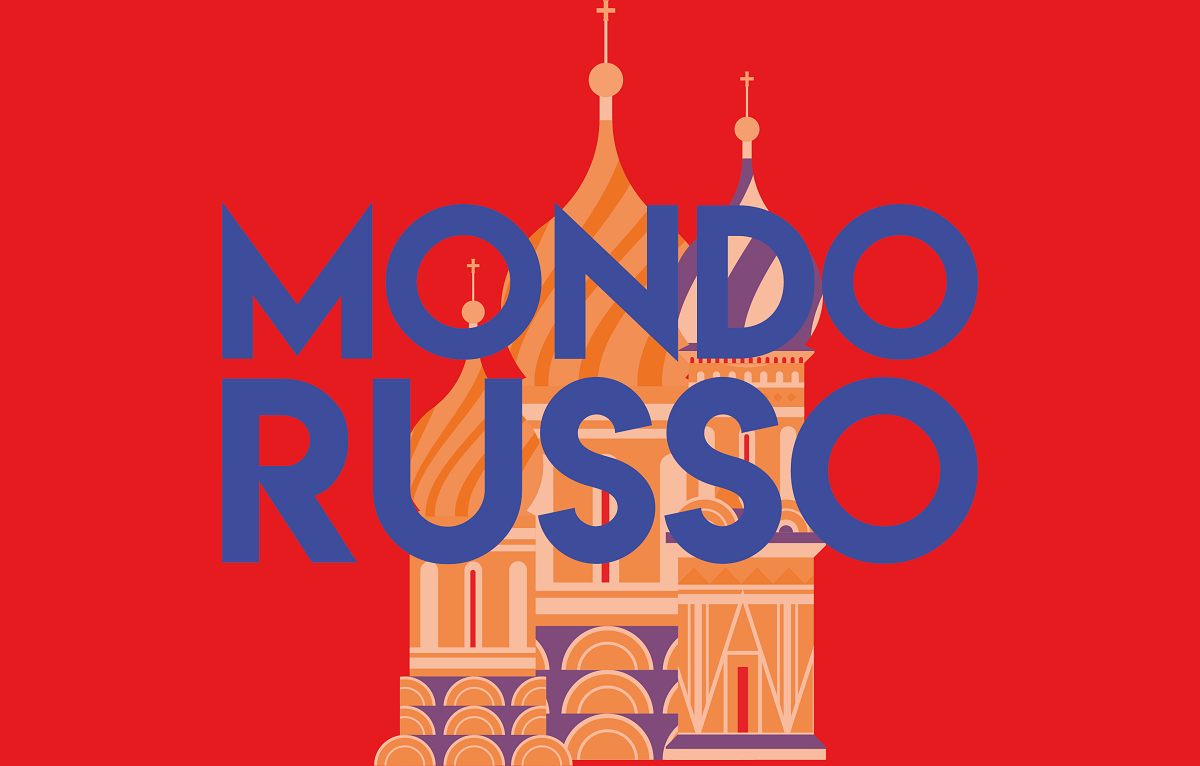

.png)
